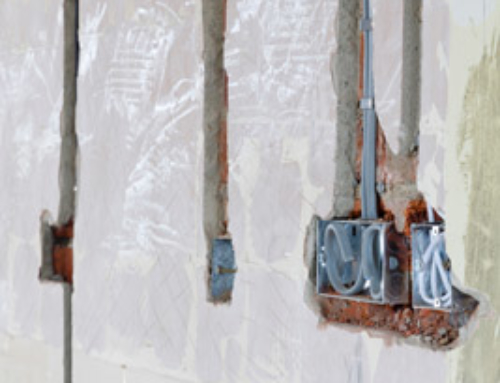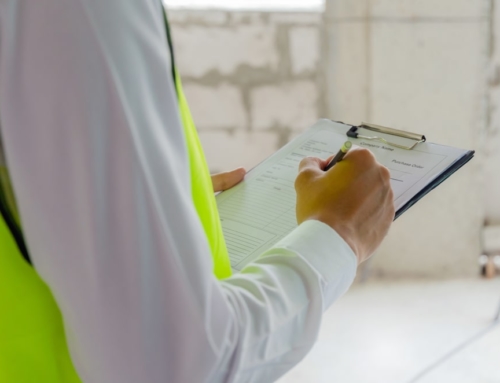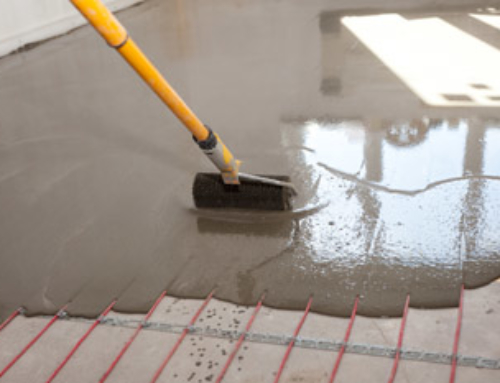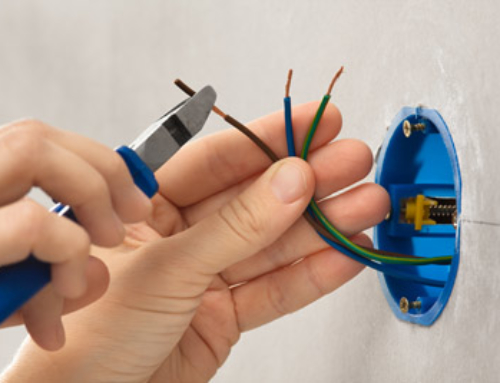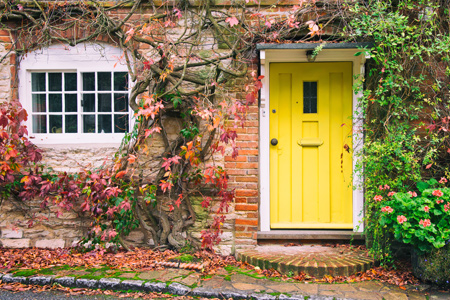
Check the electrics in older houses
No matter how old your property is, there’s no guarantee that it’s safe. We’ve certainly seen new build homes that leave something to be desired when it comes to the electrical system. But the older a property is, the less likely it is to be compliant with modern building regulations. In some cases, the electrics may have been neglected for many years.
If you own an old property, or you’re in the process of buying one, it’s important to know what to look for. Hiring a surveyor is not enough. You need an expert inspection of the electrical system, as well as a keen eye for the telltale signs of danger.
Common Issues
Old properties tend to exhibit two categories of problems.
First, we have the issues linked to wear and tear; sockets that are broken, cables that are split, and switches that are loose. Over time, this can happen in any home – not necessarily one that we’d consider ‘old’.
Secondly, we have to consider the possibility that the electrical system in the house is outmoded. Some old equipment can be dangerous, as can its location.
For example, a braided cable on a ceiling light is no longer compliant, and building regulations prevent electrical cables being run diagonally. However, in older homes, these items may appear – and they may be functional. That’s not to say that they are safe, particularly when we consider how much our demand for electricity has increased in the last couple of decades.
Electrical Inspections
When you organise a survey, your surveyor may request a specialised electrical survey if they spot anything that looks out of place. But you can organise one of your own volition if you want to know exactly what state the electrics are in.
During an electrical survey, a qualified member of our team will check every aspect of the electrics in the home. We’ll write a report detailing the state of the consumer unit (or fuse box), the condition of the switches and sockets, the likely condition of the wiring, and any unsafe items we see.
In older properties, it’s also very likely that there won’t be enough sockets, as today’s building regulations specify that there should be a minimum number in each room. We’ll note this down on your inspection report, and we’ll also look at the placement of sockets within the room, to pick up on any abnormalities on inconvenient locations.
Armed with this information, you’ll know whether the old property is ready to move into, or whether you’ll need to have work done before you can move in. In some cases, we’ve actually seen deals fall through because the electrics needed several thousand pounds worth of work.
Invest in an Inspection
Naturally, it’s impossible to put a price on your family’s safety. If you own an old property, get it inspected. Only an expert electrician can tell you what’s wrong with your system; by the time you realise its flaws, it could be too late.


